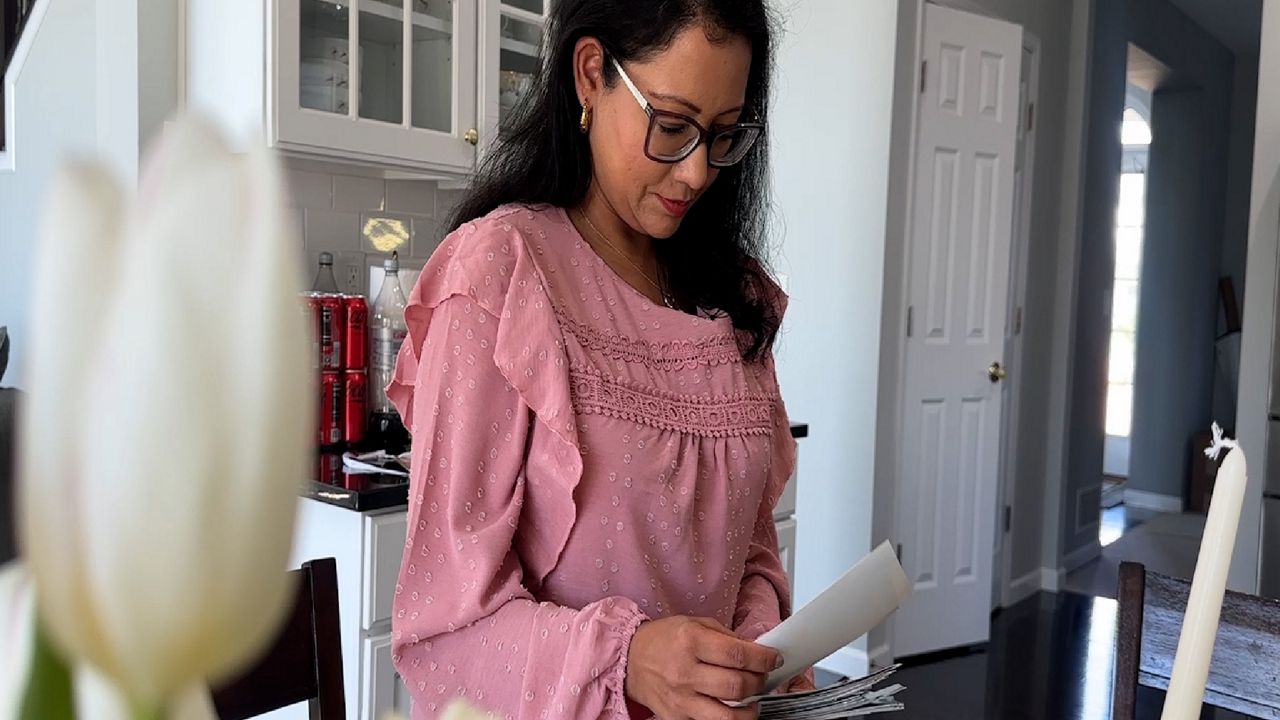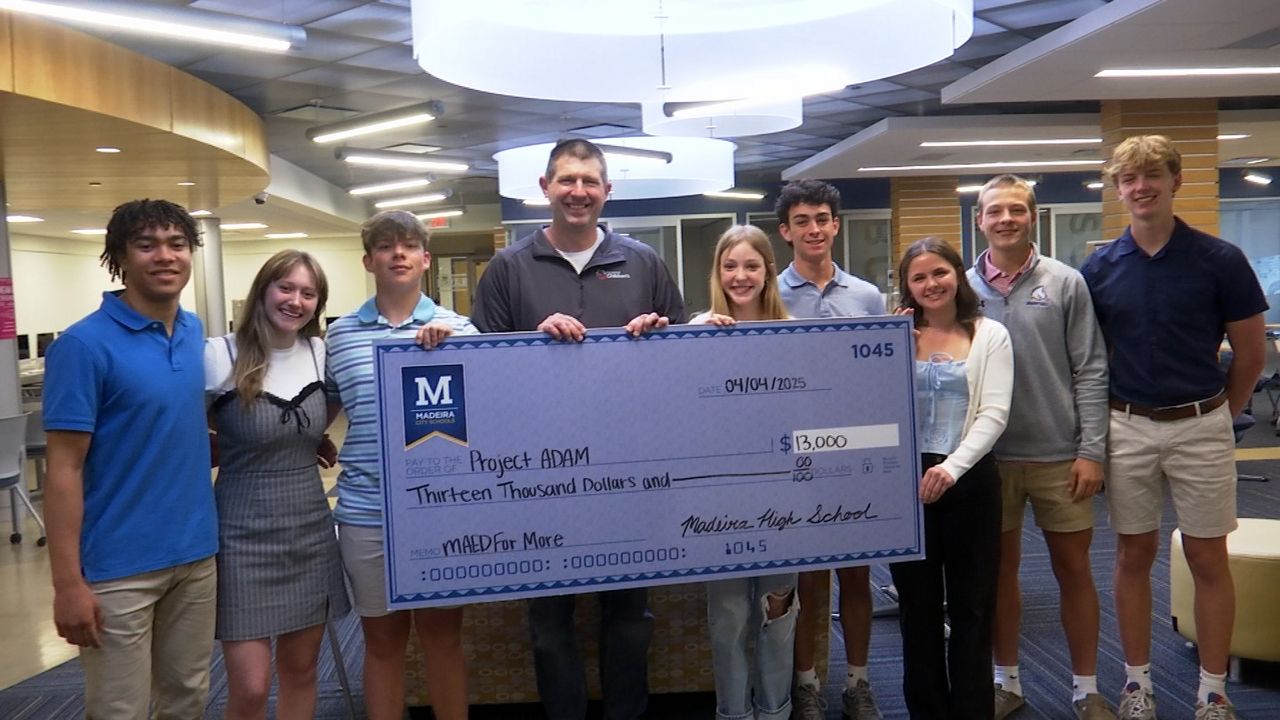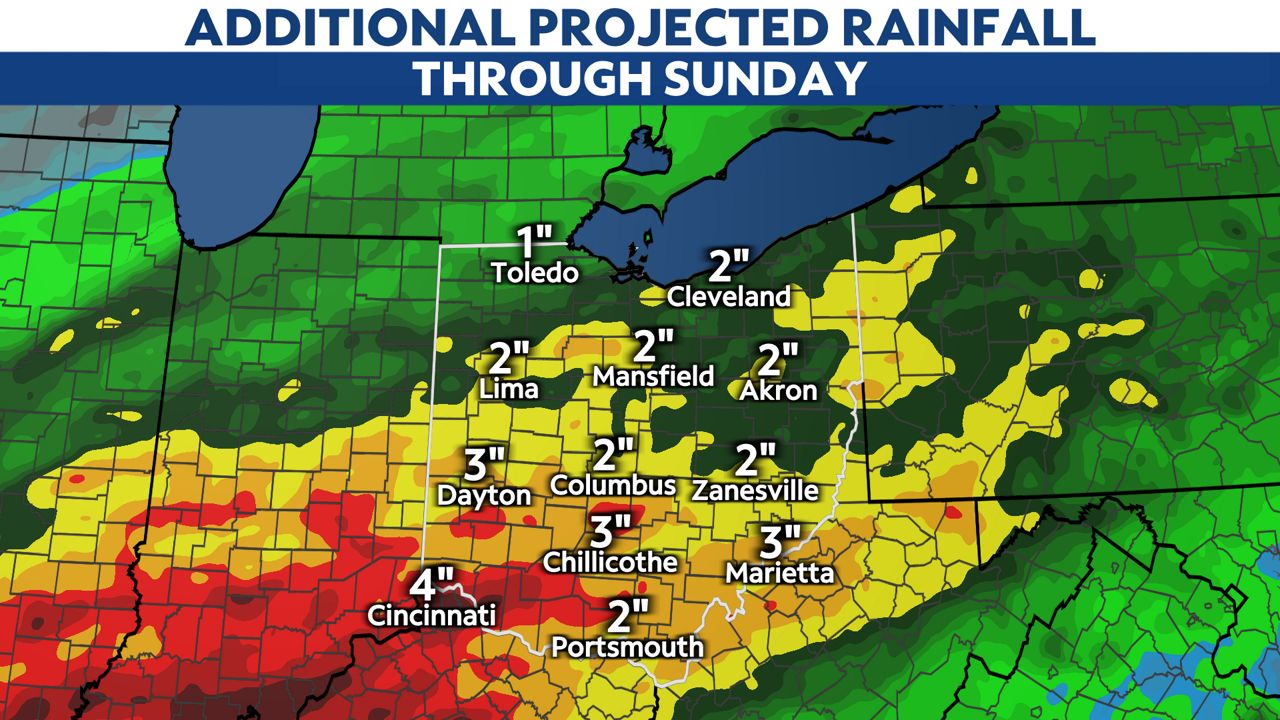CLEVELAND — Experts in housing policy often say permanent housing should be the goal of programs to lift people out of homelessness, but that’s easier said than done in most cases.
In the city of Cleveland, local leaders are testing out pilot to see if 3D-printed homes could help those struggling get back on their feet.
Michael Sering, the vice president of Housing and Shelter at Lutheran Metropolitan Ministries (LMM) in Cleveland, said the facility houses about 350 people each night, with around 3,000 coming through the doors each year.
“When people are here, they get food and immediately a housing plan, and we start placing them into housing, including some of the housing initiatives that we operate ourselves,” Sering said.
Sering said at LMM, they believe housing is the solution to homelessness, but there are not enough affordable housing options to go around.
He said about one-third of the people who come to the shelter are actively working, but unable to keep up with housing prices.
“Our average length of stay is less than 40 days,” Sering said. “Many people need to be here just one or two days. We have people at the shelter that are working. It’s just a very low income and they can’t afford housing.”
In an effort to create more affordable housing options for residents, LMM is partnering with the city to test whether 3D-printed, affordable homes could be one solution.
In mid-May, Cleveland City Council allocated $500,000 toward the construction of two of these homes for a pilot program.
The homes will be used by LMM to help transition people from living in a shelter to supporting themselves.
“Most of the new builds are at higher price points for bigger houses, and we really want to focus on smaller energy efficient, affordable houses that could be within reach of even people at lower incomes,” Sering said.
Sai Sinbondit, the project manager for this pilot, has spent a lot of time researching the companies who do this type of construction, and explained what it would look like in Cleveland during a committee meeting earlier this year.
“Under our climate in our region, a procedure or the process would be like a precast system where we would print in the warehouse in a controlled environment, where the concrete can cure and be in a controlled environment,” Sindbondit said. “Then they would be delivered on site and installed. Usually that takes one telelifter, one person hanging that, and then two or three other people guiding these panels into onto the foundation.”
Once they’re built, Sering is confident the houses will help the residents he serves.
“It’s critical to invest in more affordable housing options,” Sering said. “We’re so excited to partner with the city on this. We have a shared vision. We know that housing is one of the biggest costs in any family’s budget, and if we can bring that cost down, it can be more affordable for everyone and it can be one of the solutions to end homelessness.”
Other states in the region have utilized 3D printing technology for home construction, like Michigan, Pennsylvania and Virginia.
Leaders with LMM said those homes have been able to withstand a range of weather conditions.










